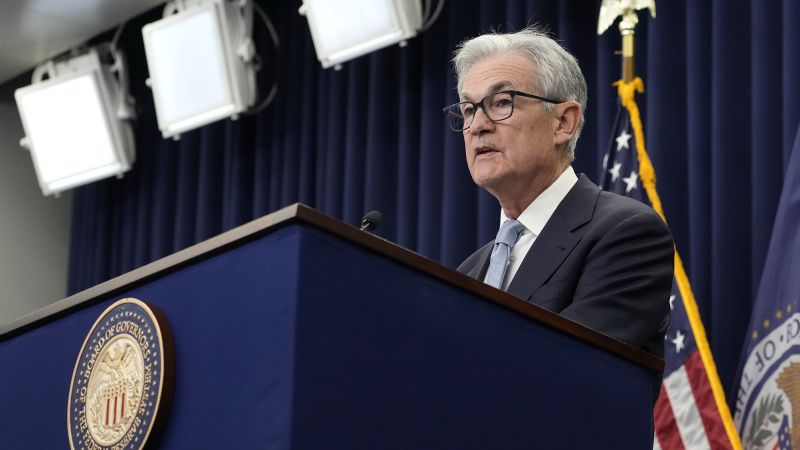Key takeaways:
- The Federal Reserve (Fed) has raised interest rates nine times since March 2022 in an attempt to battle stubbornly high inflation and address risks to financial stability.
- Mark Zandi, chief economist of Moody’s Analytics, said that continuing to hike interest rates runs contrary to the government’s recent efforts to stabilize banks.
- The Fed’s decision to raise interest rates is part of its ongoing efforts to slow the economy, but it is unclear how the recent bank failures will affect the Fed’s decision-making going forward.
The Federal Reserve (Fed) announced on Wednesday that it is raising interest rates by a quarter of a percentage point, the ninth rate hike since March 2022. This decision comes as the central bank attempts to battle stubbornly high inflation and address risks to financial stability.
The Fed’s mission in battling inflation has become more difficult in recent weeks due to the collapse of several banks. Mark Zandi, chief economist of Moody’s Analytics, a financial analysis firm, said that continuing to hike interest rates runs contrary to the government’s recent efforts to stabilize banks.
“The Fed’s decision to raise rates is incongruous with efforts to re-establish the stability of the financial system,” Zandi told HuffPost in an email.
The Fed’s decision to raise interest rates comes as the economy is facing a tight labor market and high inflation. The central bank is attempting to balance a potential financial crisis alongside these economic pressures.
The Fed’s decision to raise interest rates is part of its ongoing efforts to slow the economy. The central bank has been raising interest rates since March 2022 in an attempt to combat inflation. It is unclear how the recent bank failures will affect the Fed’s decision-making going forward.



Be First to Comment